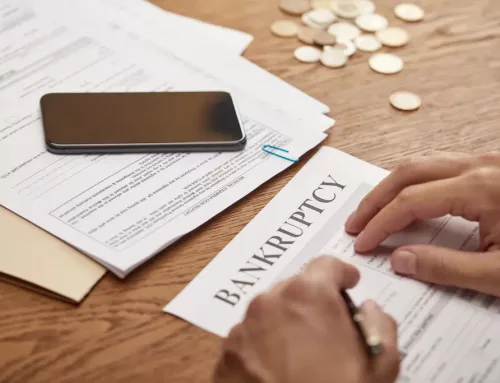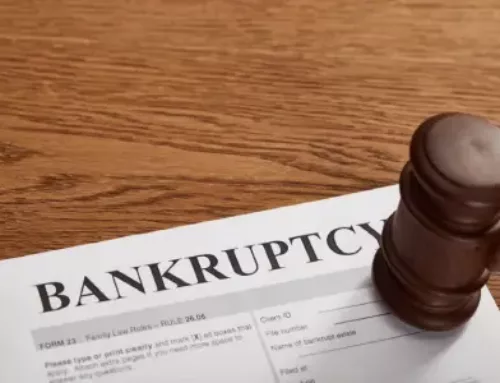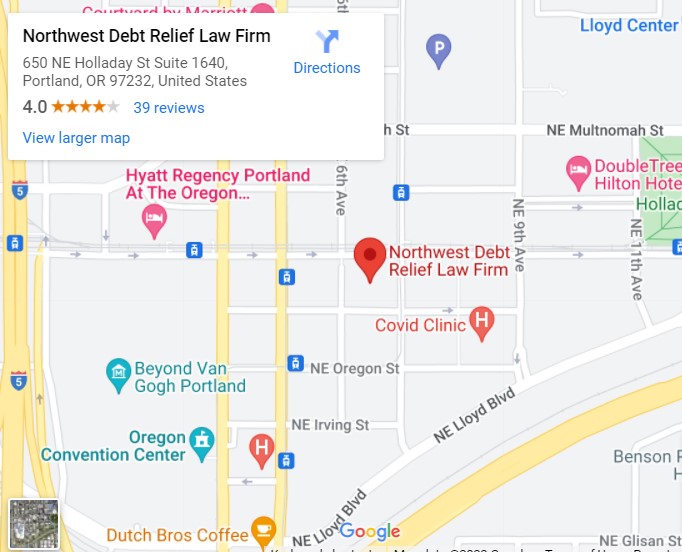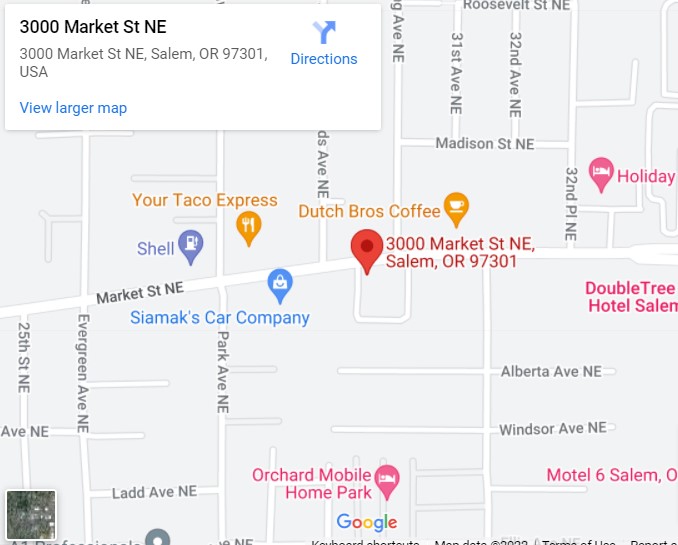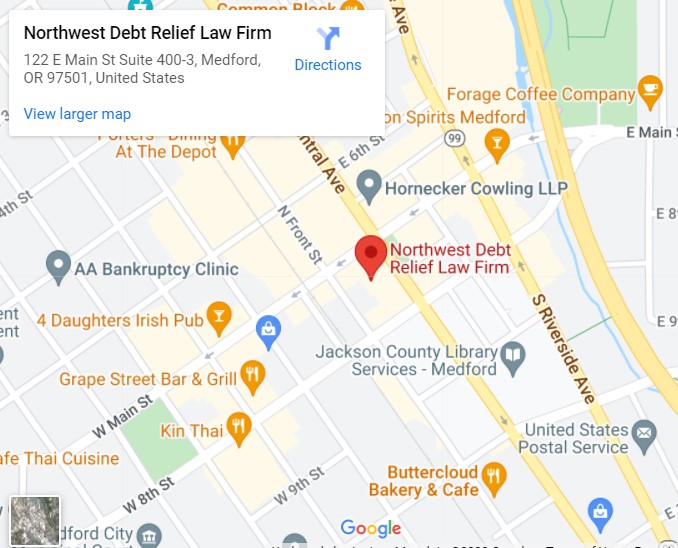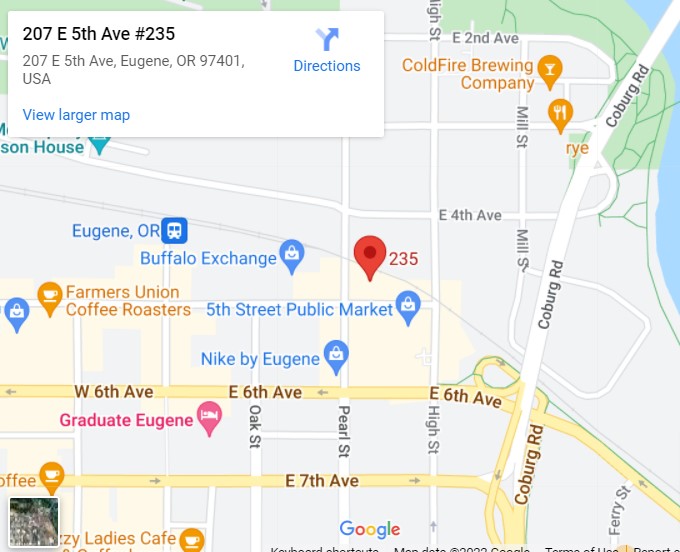Bankruptcy and Credit Cards: What You Need to Know
Bankruptcy is a tough journey, often marked by financial stress and uncertainty. However, it’s not the end of the road but rather a new beginning towards financial recovery. One significant step in this journey is rebuilding credit. Among the tools available for rebuilding credit, credit cards stand out as powerful tools if managed wisely. Getting a credit card after bankruptcy is possible, but it might take some extra effort.
There are ways to rebuild your credit and get back on track financially. In this article, we’ll explore the ins and outs of obtaining and using a credit card after bankruptcy.
Quick Summary:
- Bankruptcy offers a new beginning towards financial recovery, with rebuilding credit being a significant step in this process.
- Understanding bankruptcy types, like Chapter 7 and Chapter 13, is crucial. Each is designed to address specific financial situations, guided by the United States Bankruptcy Code.
- Bankruptcy has a significant impact on credit, affecting credit scores and access to credit. However, obtaining a credit card after bankruptcy is possible with patience and responsible financial habits.
- Options for obtaining a credit card after bankruptcy include secured credit cards, prepaid cards, and credit rebuilding programs. These tools can help individuals rebuild credit and regain financial stability.
- Using a credit card wisely after bankruptcy is essential. Tips include choosing the right card, reading terms and conditions carefully, making timely payments, keeping balances low, and monitoring credit reports for accuracy.
What is Bankruptcy?
Bankruptcy in the United States offers a legal solution for individuals and businesses dealing with insurmountable debts, acting as a government-supported financial safety net to aid recovery during financial hardship. Governed by the United States Bankruptcy Code, it establishes nationwide rules and procedures for handling bankruptcy cases.
What are the Types of Bankruptcy?
There are different types of bankruptcy, but the most common ones for individuals are Chapter 7 and Chapter 13. Each type is designed to address specific financial situations.
Chapter 7 Bankruptcy
Chapter 7 bankruptcy is also known as liquidation bankruptcy. It involves selling off assets to pay creditors. In Chapter 7, a trustee is appointed to oversee the process.
Some assets, like a certain amount of equity in your home or car, may be protected from being sold. This means you get to keep them even after filing for bankruptcy.
Chapter 13 Bankruptcy
Chapter 13 bankruptcy is also known as reorganization bankruptcy. It involves creating a repayment plan to pay back debts over time, usually three to five years.
This plan is based on your income and expenses. It allows you to keep your property while making affordable payments to creditors. It’s like hitting pause on your debts and then slowly paying them off over time.
What is the Impact of Bankruptcy on Credit?
Bankruptcy can feel like a weight lifted off your shoulders when you’re struggling with debts you can’t pay. But it’s important to know that it can have a big impact on something called your credit score. Here’s how bankruptcy can affect your credit score and what it means for your financial future:
Understanding Credit
Your credit acts as a financial report card for lenders, reflecting your reliability in repaying borrowed funds. A good credit score boosts approval chances for loans and cards, while factors like bill payment timeliness, debt levels, and credit history duration influence it.
Long-Term Impact
Bankruptcy doesn’t disappear overnight. It can stay on your credit report for years, depending on the type of bankruptcy. For example, Chapter 7 bankruptcy stays on your report for up to 10 years, while Chapter 13 stays for up to 7 years.
Limited Access to Credit
After bankruptcy, getting new credit can be tough. Lenders might turn you down for loans or credit cards. If you do get approved, it might come with strings attached, like a lower credit limit or higher interest rate.
Rebuilding Credit
But all hope is not lost. Bankruptcy is not the end of the road—it’s a detour. With time and effort, you can rebuild your credit score.
Can I Get a Credit Card After Bankruptcy?
Rebuilding credit after bankruptcy can feel like climbing a mountain, but it’s not impossible. One important step in this journey is obtaining a credit card. While it may seem overwhelming, there are options available for individuals looking to secure a credit card after bankruptcy. Here are some of your options:
Secured Credit Cards
One option for obtaining a credit card after bankruptcy is a secured credit card. With a secured card, you’ll need to provide a security deposit upfront, which acts as collateral for the credit limit on the card. This deposit reduces the risk for the credit card issuer, making it easier for individuals with a bankruptcy history to get approved. By using the secured card responsibly and making timely payments, you can rebuild your credit over time.
Prepaid Cards
Another alternative to traditional credit cards is prepaid cards. These cards work differently from credit cards because you’re not borrowing money. Instead, you load funds onto the card and can use it to make purchases up to the amount loaded. While prepaid cards won’t directly impact your credit score, they can be a useful tool for managing expenses and staying within a budget.
Credit Rebuilding Programs
Some financial institutions offer credit rebuilding programs specifically designed for individuals recovering from bankruptcy. These programs may provide access to credit cards with lower credit limits or higher interest rates, allowing individuals to demonstrate responsible credit behavior and gradually improve their creditworthiness. By participating in these programs and managing credit wisely, individuals can work towards rebuilding their credit after bankruptcy.
Whether through secured cards, prepaid cards, or credit rebuilding programs, there are options available to help individuals rebuild their credit and regain financial stability. By using credit responsibly and making timely payments, individuals can take proactive steps toward a brighter financial future.
How Do I Use a Credit Card Wisely after Bankruptcy?
Rebuilding credit after bankruptcy is like starting over on a new financial path. A key tool in this journey is obtaining and responsibly using a credit card. But it’s important to approach this process with caution and awareness. Here are some simple tips for using a credit card after bankruptcy:
Choose the Right Card
After bankruptcy, you may not qualify for all credit cards. Start with secured credit cards. These cards typically have lower credit limits and higher interest rates, but they can be a good stepping stone to rebuilding credit.
Read the Terms and Conditions
Before applying for a credit card, carefully review the terms and conditions. Pay attention to the interest rate, fees, and any other charges associated with the card. Make sure you understand what you’re signing up for to avoid surprises later on.
Use the Card Responsibly
Once you have a credit card, use it responsibly. Only charge what you can afford to pay off in full each month. This will help you avoid accumulating debt and falling back into financial trouble. Remember, your goal is to rebuild credit, not dig yourself into a deeper hole.
Make Timely Payments
Paying your credit card bill on time is one of the most important factors in building good credit. Set up automatic payments or reminders to ensure you never miss a payment. Be careful to avoid late payment charges and penalty rates if you can do so while still paying higher-priority debts. Even one late payment can damage your credit score, so make it a priority to pay on time every month.
Keep Balances Low
Try to keep your credit card balances low relative to your credit limit. This demonstrates to creditors that you’re using credit responsibly and can help improve your credit score over time. Aim to keep your credit utilization ratio below 30%.
Monitor Your Credit Report
Regularly check your credit report to make sure all information is accurate. Look for any errors or discrepancies and dispute them with the credit bureaus if necessary. Monitoring your credit report can help you spot signs of identity theft or fraud early on.
Getting Approved for Credit Cards: How Our Portland Bankruptcy Lawyer Can Help
Obtaining a credit card after bankruptcy may seem challenging, but with the help of our Portland bankruptcy attorneys at Northwest Debt Relief Law Firm, it’s possible to increase your chances of success. From providing legal advice to negotiating with creditors, our bankruptcy law firm can be your ally in rebuilding your financial future.
Don’t let bankruptcy define your future. Take control of your financial destiny and explore the options available to you. With determination and perseverance, you can rebuild your credit and work towards achieving your financial goals.
Contact us now for a free debt solution consultation and learn more about how we can help you deal with the process of obtaining a credit card after bankruptcy and regain control of your financial future.



